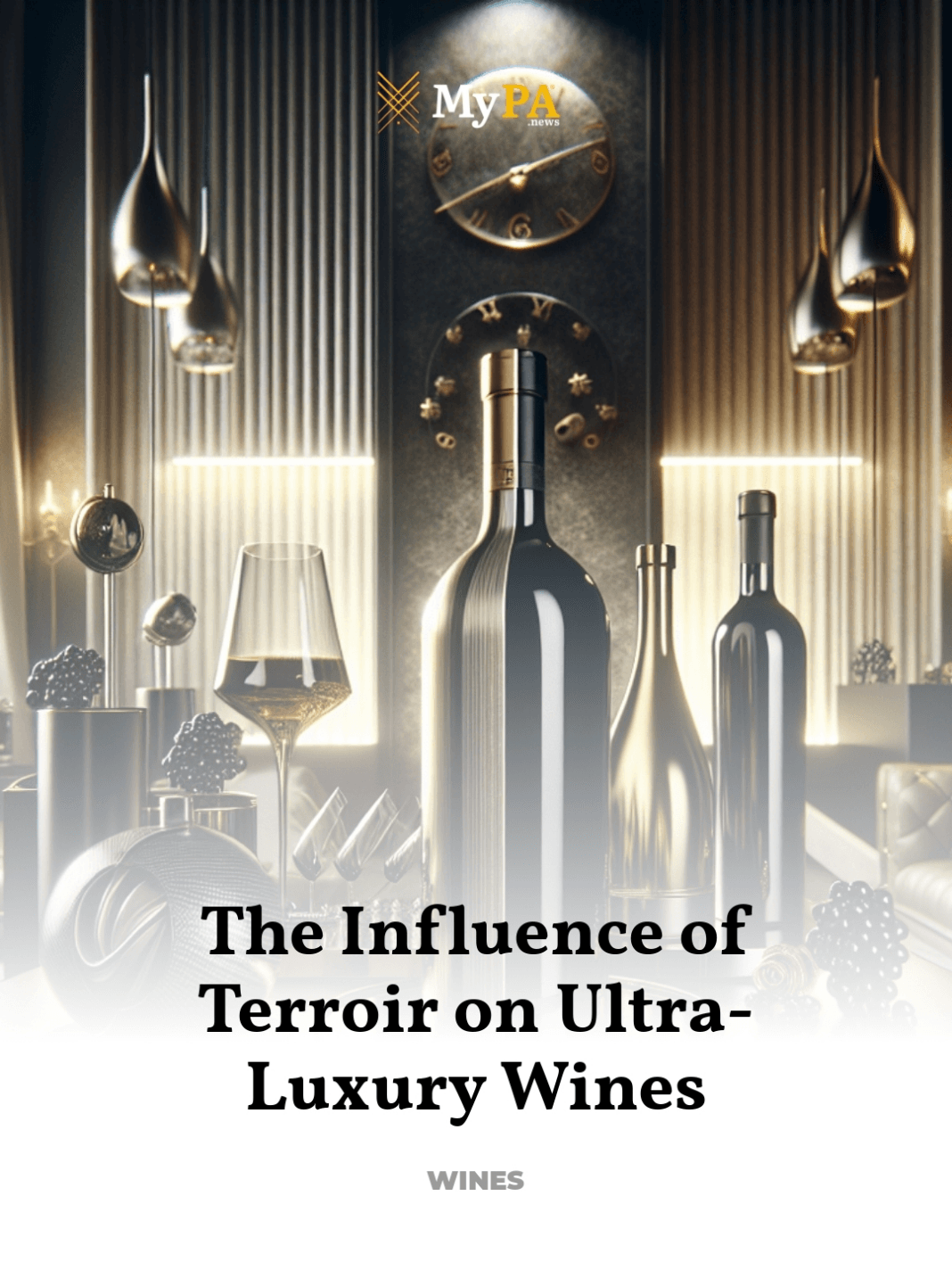How Geography and Climate Shape the Taste of the World’s Rarest Bottles
The concept of terroir is as enigmatic as it is celebrated, weaving the essence of geography and climate into the very soul of wine. In the world of ultra-luxury wines, terroir is not just a factor; it is the narrative that defines the exclusivity and sensory profile of each bottle. This article delves into the profound influence of terroir on some of the world’s most coveted wines, exploring how the interplay of soil, topography, and climate crafts the unique character of these rare vintages.
- Defining Terroir: The Science and Romance
- Iconic Terroirs and Their Legendary Wines
- Climate’s Role in Shaping Luxury Wines
- Soil and Topography: The Foundation of Flavor
- Cultural Significance of Terroir in Winemaking
- The Future of Terroir in a Changing Climate
Defining Terroir: The Science and Romance
The term terroir is a French concept that encapsulates the environmental conditions, especially soil and climate, that give a wine its distinctive character. It is a complex interplay of factors that are specific to a particular locale, influencing not only the taste but also the rarity and desirability of a wine. The notion of terroir extends beyond simple geography; it includes local winemaking practices and the historical heritage of a wine region.
Experts like Claude Bourguignon, a renowned soil scientist, argue that terroir is palpable in the wines produced from high-quality, well-preserved landscapes. According to Bourguignon, the mineral composition of the soil, the slope of the vineyard, and the aspect towards the sun all play critical roles in defining the quality of the terroir.
Iconic Terroirs and Their Legendary Wines
Some regions have become emblematic for their terroir, producing wines that are globally recognized for their unparalleled quality and unique flavor profiles. For instance, the chalky soils of Champagne, France, impart a mineral freshness to its sparkling wines, while the volcanic soils of Santorini, Greece enhance the crisp acidity and mineral complexity of Assyrtiko wines.
In Bordeaux, the concept of terroir reaches its zenith. The region’s diverse soils, ranging from gravel to clay and limestone, coupled with its maritime climate, have established Bordeaux as a benchmark for fine wines. The prestigious Château Margaux, for example, benefits from an exceptional terroir that has been meticulously cultivated since the 16th century.
Climate’s Role in Shaping Luxury Wines
Climate is a pivotal component of terroir, influencing the ripening process and the balance of acids and sugars in the grapes. The microclimate of a vineyard, including temperature, sunlight exposure, and precipitation patterns, can dramatically affect the phenolic composition of the wine, thus altering its flavor, color, and texture.
For instance, the cool climate of the Burgundy region in France is ideal for Pinot Noir, leading to elegant wines with complex aromas and concentrated flavors. Conversely, the warmer climate of Napa Valley in California favors robust varieties like Cabernet Sauvignon, producing wines with rich fruit flavors and substantial tannins.
Soil and Topography: The Foundation of Flavor
The mineral content and physical structure of soil play a crucial role in vine health and fruit development. Calcium-rich soils, for example, can enhance the longevity and aromatic complexity of wines. The slope and elevation of vineyards also affect the amount of sunlight and drainage the vines receive, further influencing grape quality.
Renowned wine critic James Suckling notes that the unique blue clay found in the vineyards of Pétrus, one of Bordeaux’s most esteemed wineries, is a significant factor in the wine’s extraordinary quality and aging potential.
Cultural Significance of Terroir in Winemaking
Terroir is not only about physical and environmental factors; it is deeply intertwined with cultural heritage. In regions like Tuscany, Italy, the tradition of winemaking stretches back centuries, and the knowledge of how to harness the local terroir is passed down through generations. This cultural dimension adds a layer of depth and story to the wines, enhancing their appeal to collectors and connoisseurs.
The concept of terroir also fosters a sense of place and identity, linking wine lovers directly to the region’s landscape and history. This connection is celebrated in wine festivals and tastings, where the expression of terroir is a focal point of appreciation.
The Future of Terroir in a Changing Climate
As global climate patterns shift, the future of terroir and its expression in wine is uncertain. Winemakers are adapting to these changes by exploring new grape varieties and vineyard sites that might better suit the evolving conditions. The resilience of terroir is being tested, and its future will likely involve a blend of tradition and innovation.
Understanding and preserving terroir is crucial for the future of luxury wines. As the climate continues to change, the wine industry’s ability to adapt while maintaining the unique characteristics of terroir will be paramount in continuing to produce exceptional and highly sought-after wines.
For further exploration of how terroir influences wine characteristics, visit the Wine Institute.



